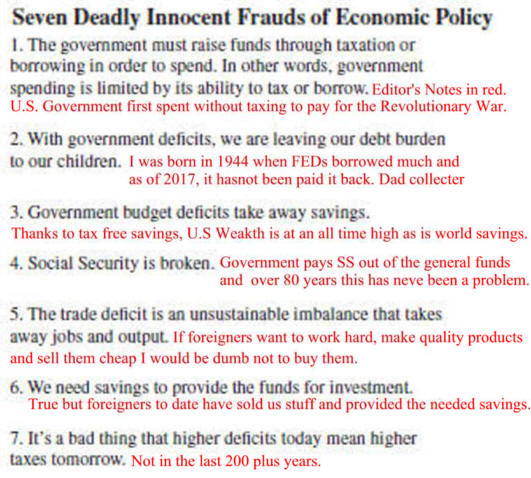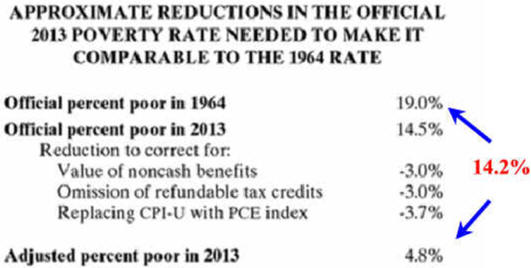|
Economics Exposed!
Return to
Current Political Economy Issues
Updated 12/1/20 Please
link to, use to educate and share.
|
|
|
1. Monetary Policy Often Doesn't Work 4. Seven Deadly Economic Policy Frauds 2. Misuse of Inflation Data, Allowed and Causes Unwarranted Problems |
6. Why Poverty is Controversial?
8.
Did Lowest Income Quintile
Stagnate 1989 to 2015? |
|
1.
Fine Tuning Monetary
Policy
" ...we do not... have a theory of inflation
dynamics that works sufficiently well
to be of use for the business of |
"...economists too often assumed that market actors not only behave rationally but do so according to the same mental models deployed by economists. Modern macroeconomics also minimized affects of the financial system."
Mathematical Economists
adjusts by accepting Behavioral Economics
Liars, extreme liars and
statisticians |










